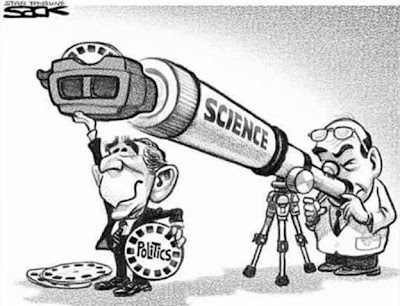
Read this article if you want to learn more about how to choose the right data visualizations to tell your data story. Below are examples of the most common graph types that you can use for different data purposes. as well as the production of increasingly large and complex datasets that require. Title, author names and institution are listed at the very top of the poster in large font. When printed on paper, the poster will be 36-inches (height) by 48-inches (width). The poster is organized into rows and columns. As the renowned guru of graphics Edward Tufte put it, At their best, graphics are instruments for reasoning about quantitative information. For example, if the goal of your figure is to explain a method, you will likely want to choose process-focused graph types such as flow charts, diagrams, infographics, illustrations, gantt charts, timelines, parallel sets, or Sankey diagrams. Graphs and figures quickly became standard components of science and. Example of a scientific poster focused on human-wildlife interactions in Utah. Each of these purposes should then lead you to select graph types. The most common purposes for scientific publications are to explain a process or method, compare or contrast, show a change, or to establish a relationship. But its proper use continues to be a point of discussion because of our concern with audience adaptation, rhetorical exigence, rhetorical purpose, and ethics.

Rule 1: Clearly Show the Main Purpose to Your Audienceįor every graph or figure you create, the first step is to answer the question: what is the purpose of my data? Clearly defining the main purpose of your scientific design is essential so that you can create and format the data in ways that are easy to understand. Scientific and technical jargonspecialized vocabulary, usually Latinateplays a vital role in scientific and technical communication.


 0 kommentar(er)
0 kommentar(er)
